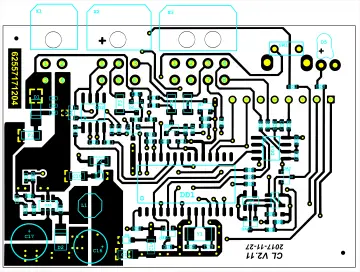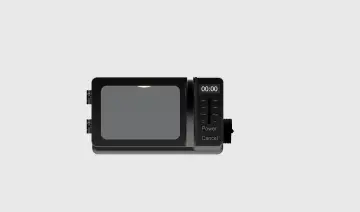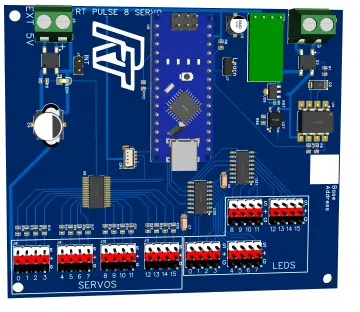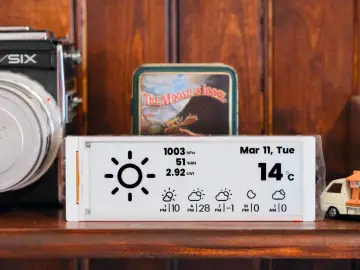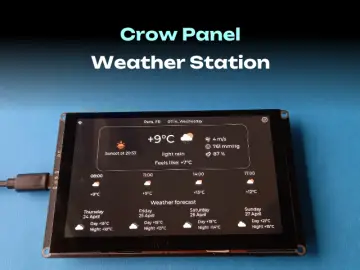Story
A pinpointer metal detector, often simply called a pinpointer, is a small, handheld device used to precisely locate metal targets that have already been detected in a general area by a larger, standard metal detector.
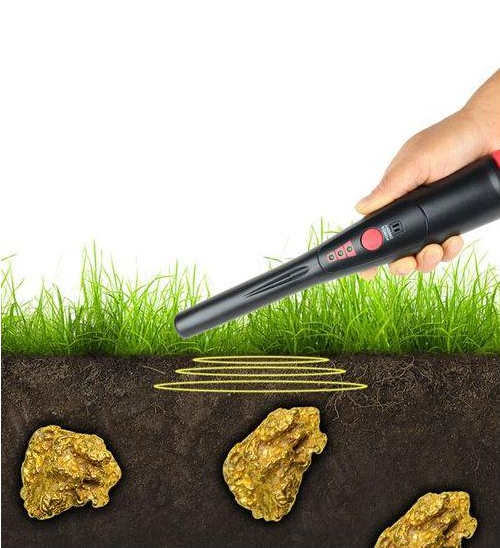
After a standard metal detector indicates a target and the user digs a hole or removes a plug of soil, the pinpointer is used to scan that small area. In one of my previous videos I presented a way to make a Pinpointer using an Arduino microcontroller board. This time I will present a very simple way to make such a device without the use of microcontrollers and programs, using only standard electronic components.
Detailed video instructions at: https://www.youtube.com/watch?v=AGfgf6dQWiU
However, the sensitivity of this pinpointer is identical and even exceeds the previously mentioned one if properly adjusted. The difference is that there the device was adjusted only by pressing a button, while in this case we do it manually using a potentiometer.
This pinpointer is very easy to make and consists of several standard electronic components that can be found in any average hardware store. These are:
- One universal PNP-type transistor (I use BC557 in this project)
- Two diodes of type 1N4148 or similar
- LM741 Operational amplifier (specifically I use TL081), and any other operational amplifier can be used
- LED for signaling
- Two potentiometers of 1K and 10K
- several capacitors and resistors
- And two coils wound next to each other, each of which has about 200 turns of varnished copper wire with a cross section of 0.2 to 0.3 mm. The coils are wound on a ferrite core from an old AM receiver.
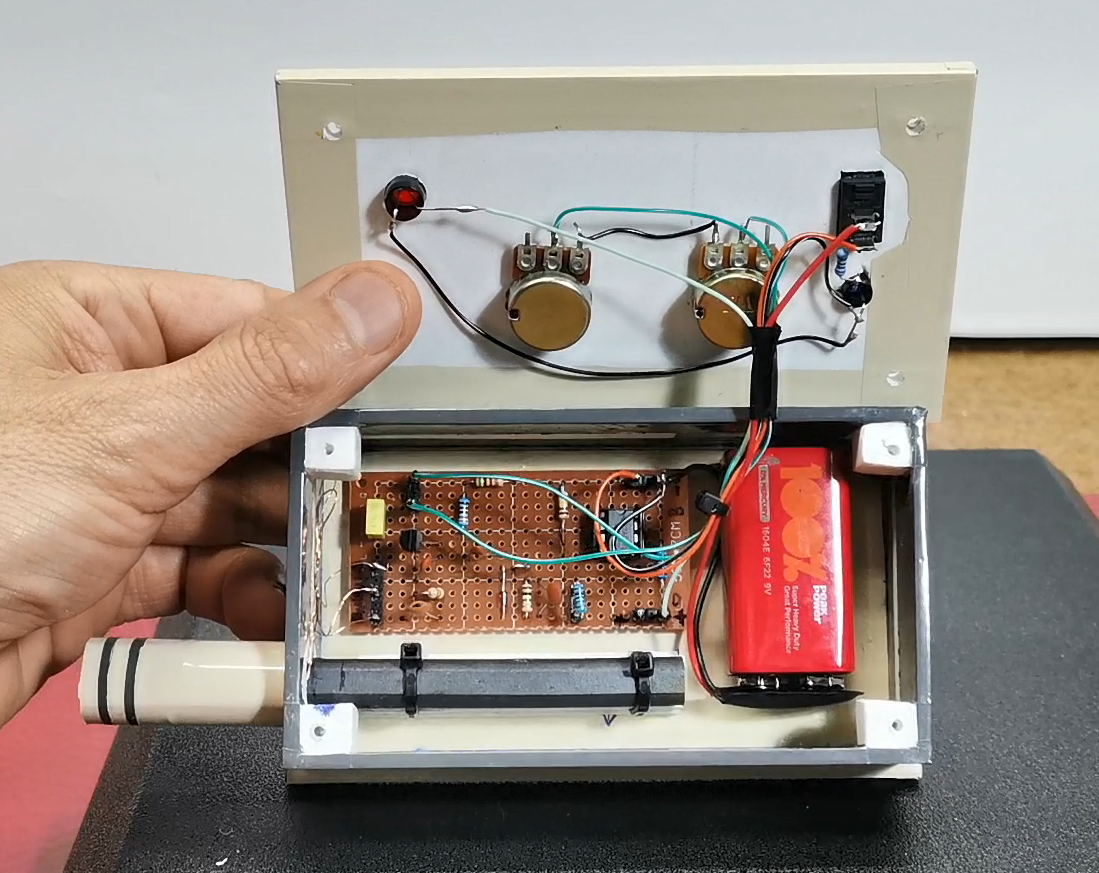
First, let me briefly explain the working principle. Part with the transistor and the two coils represents an oscillator with a frequency of about 20KHz. The amplitude of this sinusoidal signal can be changed in two ways. The first is by changing the value of this set of potentiometers, and the other is by bringing a metal object closer to the ferrite core on which the two coils are wound. In the second way, by bringing the metal closer, the amplitude of the signal decreases.
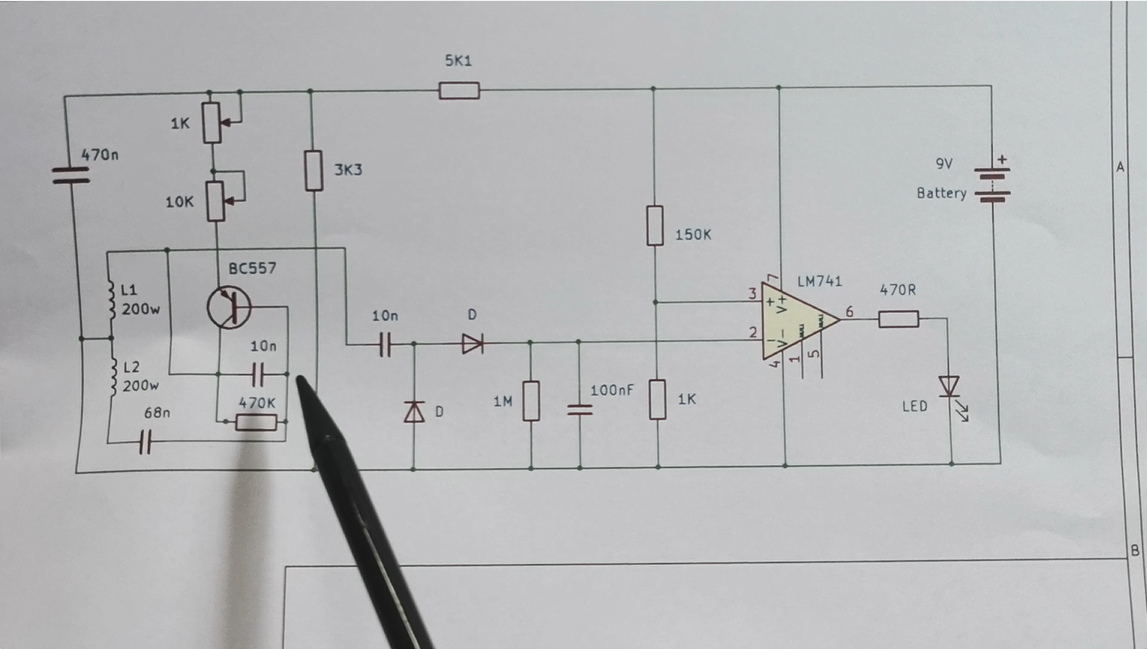
Then comes a rectifier with two diodes and a capacitor, and so the rectified voltage is brought to the inverting input of the operational amplifier. On the non-inverting input, using this voltage divider, we bring a voltage close to that of the inverting input. Now with these two potentiometers we adjust the voltage on pin 2 to be just a little higher than that on pin 3 and the LED goes out. Now, as the metal object approaches the coils, the amplitude of the sine signal decreases, and so does the voltage at pin 2, so when this voltage becomes lower than that at pin 3, a voltage appears at output 6 and the LED lights up, which actually indicates the presence of metal near the coils. Let's see how this practically looks on an oscilloscope.
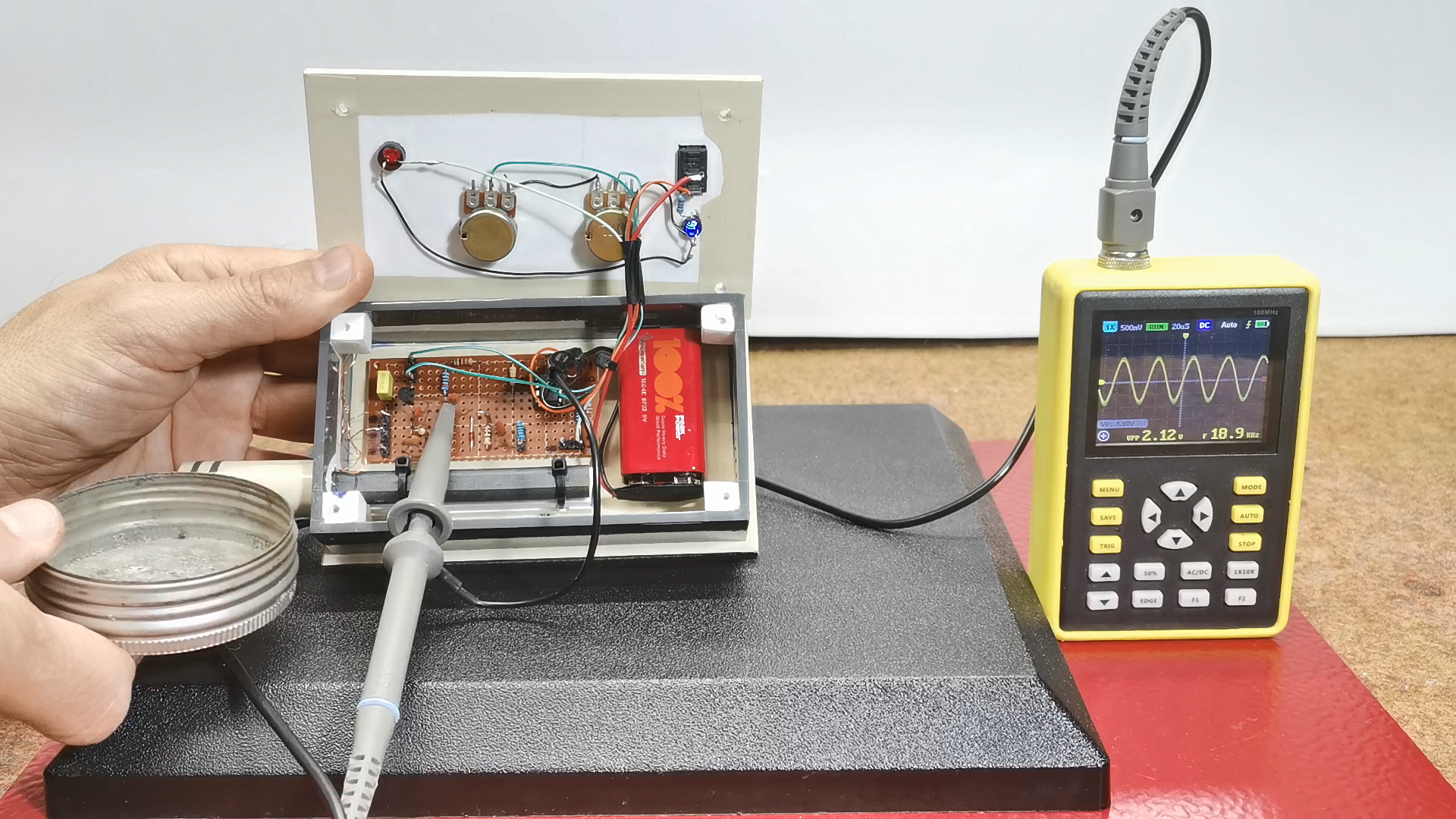
The oscilloscope is connected to the output of the oscillator to see its properties. We see the signal from the oscillator. With the potentiometers we change its amplitude. Now the amplitude is constant, but if we bring a metal object closer to the coils we see that it decreases proportionally. It is this property that we use for detection. Now let's see how this device behaves in real conditions on metal objects with different dimensions, i.e. its sensitivity. Just to mention that this sensor is sensitive to temperature changes, so it is necessary to adjust the potentiometers more often to get the highest sensitivity.
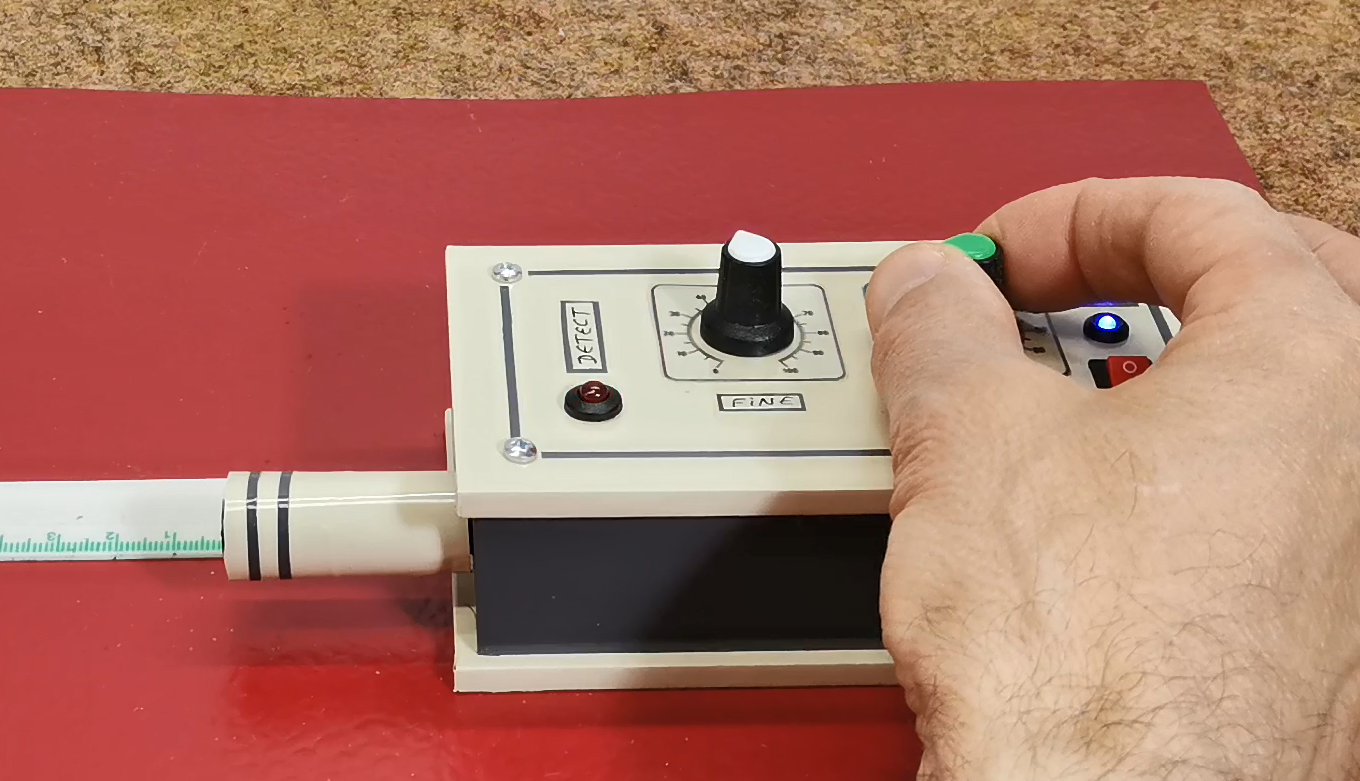
After turning on the detector, we move the coarse adjustment potentiometer until the LED goes out. Then, with the FINE potentiometer, we adjust the threshold more precisely just before the LED lights up. At this point, the metal detector is ready.
The advantage of the aforementioned pinpointer with an Arduino microcontroller is that this adjustment is faster and simpler, and is achieved with a short press of a button.
And finally, a short conclusion. This is an extremely simple pinpoint metal detector that, although made only with standard electronic components, has quite satisfactory sensitivity, detecting a small coin at a distance of 4-5 cm, and a larger object at 7-8 cm and more.











